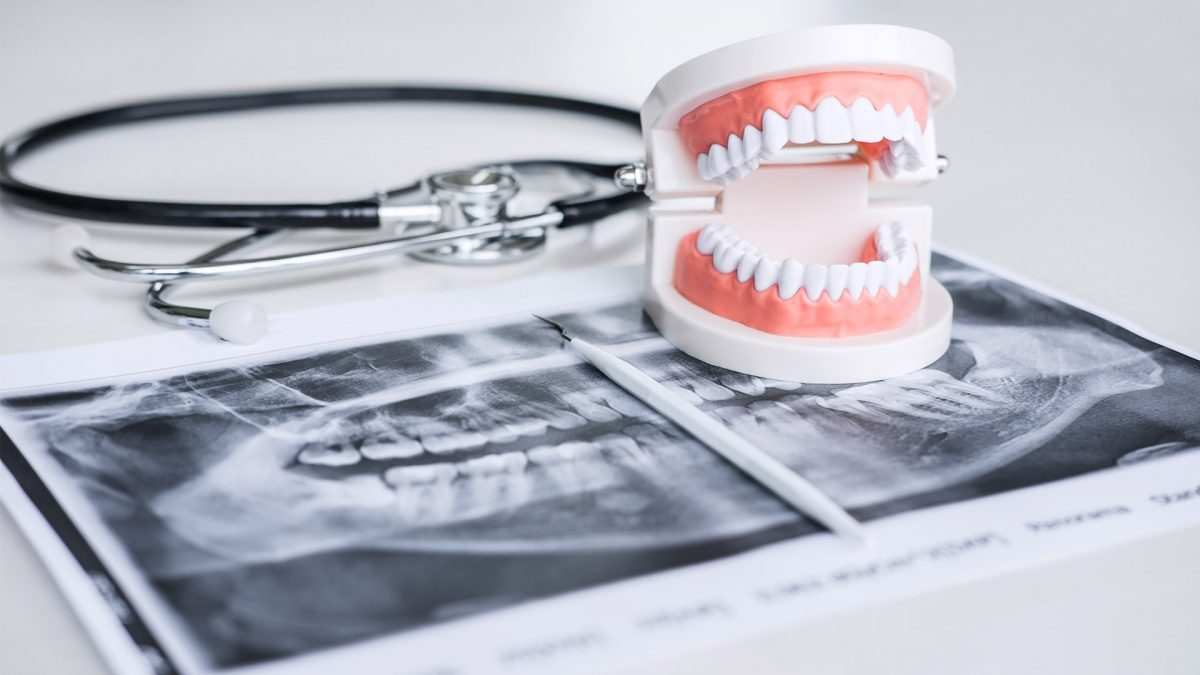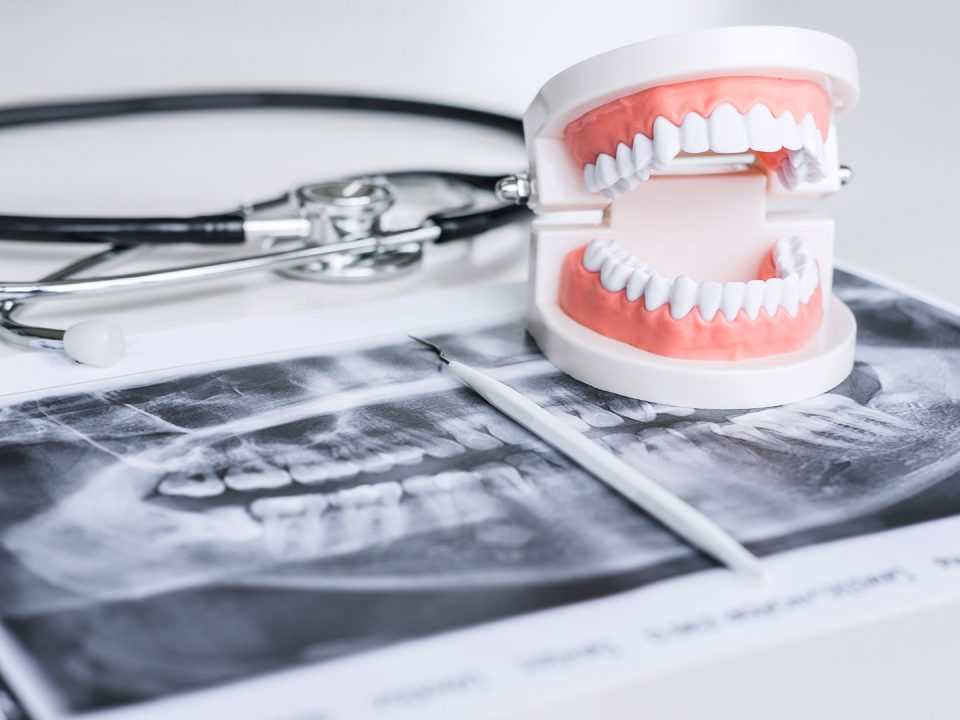
Survey on the level of digitalization in dental practices
21 January 2022
Teethan’s technologies at the international event Expodental Madrid 2022
18 February 2022Temporomandibular disorder may affect approximately 20 to 40% of the general population, with most patients falling between 18 to 45 years and symptoms occur disproportionately between the genders, with a much higher incidence in women.
Disc displacement with reduction (DDWR) is reported among the 12 most common TMDs, corresponding to 41% of TMD clinical diagnosis (2). It is defined as a disruption within the internal aspects of the temporomandibular joint, whereby the disc is progressively displaced from its normal functional relationship with the mandibular condyle and temporal bone.
Clinically, DDWR is related to temporomandibular joint noise. The movement of the articular disc onto and off may result in a clicking, snapping, and/or popping sound, knows as “opening and closing click”. This disorder is frequently associated with muscle pain and limitation of movement – factors that negatively impact functional aspects of the joint.
Clinically, DDWR is related to temporomandibular joint noise. The movement of the articular disc onto and off may result in a clicking, snapping, and/or popping sound, knows as “opening and closing click”. This disorder is frequently associated with muscle pain and limitation of movement – factors that negatively impact functional aspects of the joint.
The alteration of muscle activity that may be present in patients affected by this pathology can be investigated through Teethan. Its protocol allows to calculate indices of jaw muscles activity by using standardized signals recorded during maximum voluntary contraction in maximal intercuspation, using cotton rolls. This method reduces both biological and technical noise, allowing to compare activity of paired jaw muscles by providing information regarding any possible asymmetry in masticatory muscle activation.
Compared to the muscle palpation only, Teethan’s evaluation adds objective and quantifiable data to the clinicians.
The work of Di Giacomo and colleagues points out an increased temporalis - or relatively reduced masseter activity - in patients affected by DDWR, which could be due to the reduced masticatory efficiency in the posterior areas of dental arches, for example, in a condition of retropositioning/reduction of occlusal vertical dimension - some of the most common features in patients with DDWR. With the loss of a balanced center of gravity (which normally is placed in correspondence of the first molars), the muscular forces move anteriorly with the predominance of temporalis muscles.
The importance of a reliable evaluation, especially when dealing with pathologies that highly affects joint functions, is essential and Teethan is there to provide it.
(2) Poluha, R. L., Canales, G. T., Costa, Y. M., Grossmann, E., Bonjardim, L. R., & Conti, P. (2019). Temporomandibular joint disc displacement with reduction: a review of mechanisms and clinical presentation. Journal of applied oral science: revista FOB, 27, e20180433. https://doi.org/10.1590/1678-7757-2018-0433
The work of Di Giacomo and colleagues points out an increased temporalis - or relatively reduced masseter activity - in patients affected by DDWR, which could be due to the reduced masticatory efficiency in the posterior areas of dental arches, for example, in a condition of retropositioning/reduction of occlusal vertical dimension - some of the most common features in patients with DDWR. With the loss of a balanced center of gravity (which normally is placed in correspondence of the first molars), the muscular forces move anteriorly with the predominance of temporalis muscles.
The importance of a reliable evaluation, especially when dealing with pathologies that highly affects joint functions, is essential and Teethan is there to provide it.
References
(1)Di Giacomo P.; Ferrato G.; Serritella E.; Polimeni A.; Di Paolo C.; Muscular pattern in patients with temporomandibular joint disc displacement with reduction: an electromyographical assessment Clin. Ter. 2020, 171(5): e414-420, DOI: 10.7417/CT.2020.2251(2) Poluha, R. L., Canales, G. T., Costa, Y. M., Grossmann, E., Bonjardim, L. R., & Conti, P. (2019). Temporomandibular joint disc displacement with reduction: a review of mechanisms and clinical presentation. Journal of applied oral science: revista FOB, 27, e20180433. https://doi.org/10.1590/1678-7757-2018-0433


